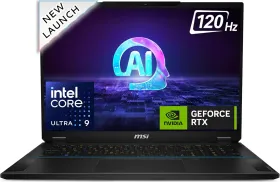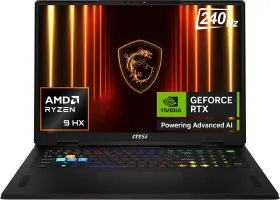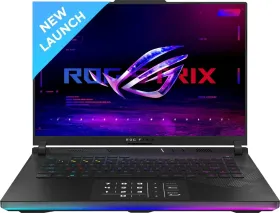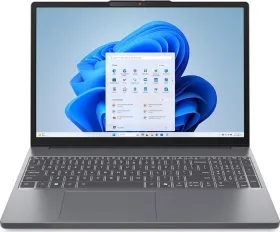- NVIDIA unveils RTX 50-series GPUs at CES 2025.
- Lineup: RTX 5070 ($549), RTX 5070 Ti ($749), RTX 5080 ($999), RTX 5090 ($1999).
- Launch: 5080 & 5090 (Jan 30); 5070 & 5070 Ti (Feb).
- CEO says that the performance boost would be impossible without AI.
NVIDIA has finally unveiled its much-anticipated RTX 50-series GPUs, powered by its Blackwell architecture and AI, at CES 2025. The lineup brings major advancements to the table, and a major part of it is AI. Let’s break it down for you.
The 2025 Lineup
NVIDIA is launching four GPUs:
- RTX 5070: $549
- RTX 5070 Ti: $749
- RTX 5080: $999
- RTX 5090: $1999
The RTX 5070 and 5070 Ti will arrive in February, while the RTX 5080 and 5090 hit shelves on January 30.
ALSO READ: CES 2025: A Smart Mirror That Provides Full-Body Scans? Withings Omnia (Concept) Can Do It All
Massive Performance Upgrades
The big headline is that even the entry-level RTX 5070 delivers RTX 4090-like performance, at least as per NVIDIA. NVIDIA credits this to DLSS 4, which introduces Multi-Frame Generation to create up to three additional frames per traditional frame. While impressive, it’s worth noting this boost heavily relies on AI rather than pure hardware performance.
The flagship RTX 5090, however, is a different beast. With 32 GB of GDDR7 memory, 21,760 CUDA cores, and a massive 1,792 GB/s memory bandwidth, it doubles the performance of the RTX 4090. But power consumption has jumped to 575W, with a recommended PSU of 1000W.

The RTX 5080 follows closely, offering “twice the performance of the RTX 4080” with 16 GB GDDR7 memory (960 GB/s) and 10,752 CUDA cores.

On the midrange side, the RTX 5070 Ti features 16 GB GDDR7 (896 GB/s) and 8,960 CUDA cores, while the RTX 5070 comes with 12 GB GDDR7 (672 GB/s) and 6,144 CUDA cores.


| Specification | GeForce RTX 5090 | GeForce RTX 5080 | GeForce RTX 5070 Ti | GeForce RTX 5070 |
| Processor | GB202-300 | GB203-400 | GB203-300 | GB205-300 |
| Memory | 32 GB GDDR7 | 16 GB GDDR7 | 16 GB GDDR7 | 12 GB GDDR7 |
| Memory Bandwidth | 1,792 GB/s | 960 GB/s | 896 GB/s | 672 GB/s |
| CUDA Cores | 21,760 | 10,752 | 8,960 | 6,144 |
| Bus Width | 512-bit | 256-bit | 256-bit | 192-bit |
| Power Consumption | 575 W | 360 W | 300 W | 250 W |
| TOPS | 3,400 | 1,800 | 1,400 | 1,000 |
| Price | $1999 | $999 | $749 | $549 |
New Features
DLSS 4: Introduces Multi-Frame Generation for smoother gameplay, with up to 8X frame rate improvements.
RTX Neural Shaders: Compress game textures to optimize performance.
RTX Neural Faces: This enhances facial quality in games using generative AI.
Founders Edition Design: A compact, two-slot GPU design with a 3D vapor chamber and dual flow-through fans.
Pricing & Value

While NVIDIA promises groundbreaking performance, the prices are a significant leap. The RTX 5090 at $1999 sets a new standard for high-end GPUs. Now, with the RTX 5070, the big question is: how much of this performance boost is hardware-driven, and how much is AI doing the heavy lifting?
If DLSS 4 delivers without latency issues, it could be a game-changer. With the RTX 50-series GPUs, NVIDIA is doubling down on AI and efficiency—but at a cost that might leave many gamers debating whether to upgrade.
You can follow Smartprix on Twitter, Facebook, Instagram, and Google News. Visit smartprix.com for the latest tech and auto news, reviews, and guides.




































